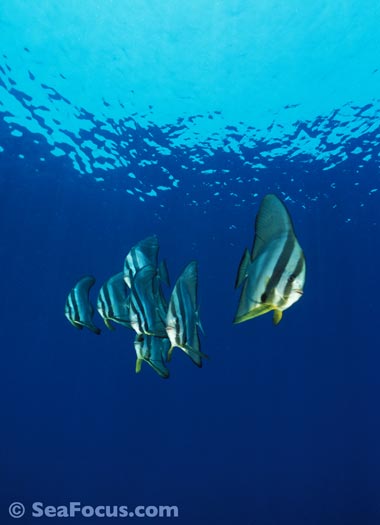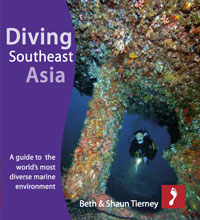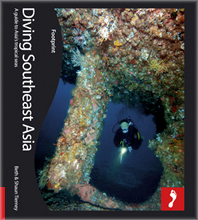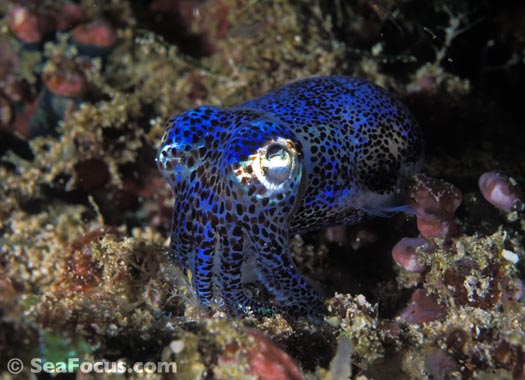
|
|
||||||||||||||||||||||||||||||||||||||||||
| Diving Raja Ampat | West Papua | Indonesia | ||||||||||||||||||||||||||||||||||||||||||
 |
||||||||||||||||||||||||||||||||||||||||||
|
In the north east of Indonesia is Irian Jaya, the western half of the island of New Guinea and now referred to as West Papua. At the westerly end are a cluster of small islands known as Raja Ampat. For a very long time, few people had heard of them as almost no-one lives there and only visitors were scuba divers. In 2001, Australian scientist, Dr. Gerald Allen, took an expedition there and in a single one-hour dive, spotted 281 different species of fish and registered 950 species overall. The news soon got out and scuba diving liveaboards started travelling north to see what was there. And there's plenty – schooling fish, soft and hard corals, crustaceans, cephalopods, even a couple of small wrecks. Bigger pelagic fish are not so abundant (this may be seasonal) but there are several known manta ray feeding stations. The landscapes are spectacular, limestone pinnacles ringed by turquoise lagoons with birds everywhere, huge fruit bats and butterflies that flit past the boat. |
||||||||||||||||||||||||||||||||||||||||||
| Raja Ampat dive photo gallery | Scuba diving features | |||||||||||||||||||||||||||||||||||||||||
|
||||||||||||||||||||||||||||||||||||||||||
| INFORMATION | EXPLORE | |||||||||||||||||||||||||||||||||||||||||
|
PROS and CONS
|
If there is anything negative about diving Raja Ampat, we never saw it. Amazing animal life living on beautiful reefs where the only other person you see will be your dive buddy. There are no crowds and the most incredible diversity of marine life. Getting there is easy enough with just a stopover in Manado to get over the jet-lag. |
|
||||||||||||||||||||||||||||||||||||||||
|
SCUBA DIVING
|
Conditions are typical of Indonesia, currents can be strong at times and minimal at others. Visibility was fantastic. There is a great variety of sites in this area from walls and pinnacles to muck dives, wrecks and manta feeding stations. Apart from the fish numbers mentioned above, the first survey recorded 450 species of coral (more than half the world's total with at least seven new to science) and nearly 700 species of mollusc. Since then, many more marine species have been discovered in the region including some previoulsy unrecorded ones. |
|||||||||||||||||||||||||||||||||||||||||
|
OPINION
|
You'd be pretty smart to spot species in the numbers the scientists did, although on one dive, we tagged eleven different corals on a one metre outcrop before giving up. It was all too confusing. Small critters are everywhere – we saw nudibranchs we'd never seen and more pygmy seahorses than ever before. |
|||||||||||||||||||||||||||||||||||||||||
| MAP | ||||||||||||||||||||||||||||||||||||||||||
|
||||||||||||||||||||||||||||||||||||||||||
|
IMAGES on this page are available as prints. Take a note of the name then go to the photo order form. |
|||||||||||||||||||||||||||||||||||||||||
|
|
||||||||||||||||||||||||||||||||||||||||||

















